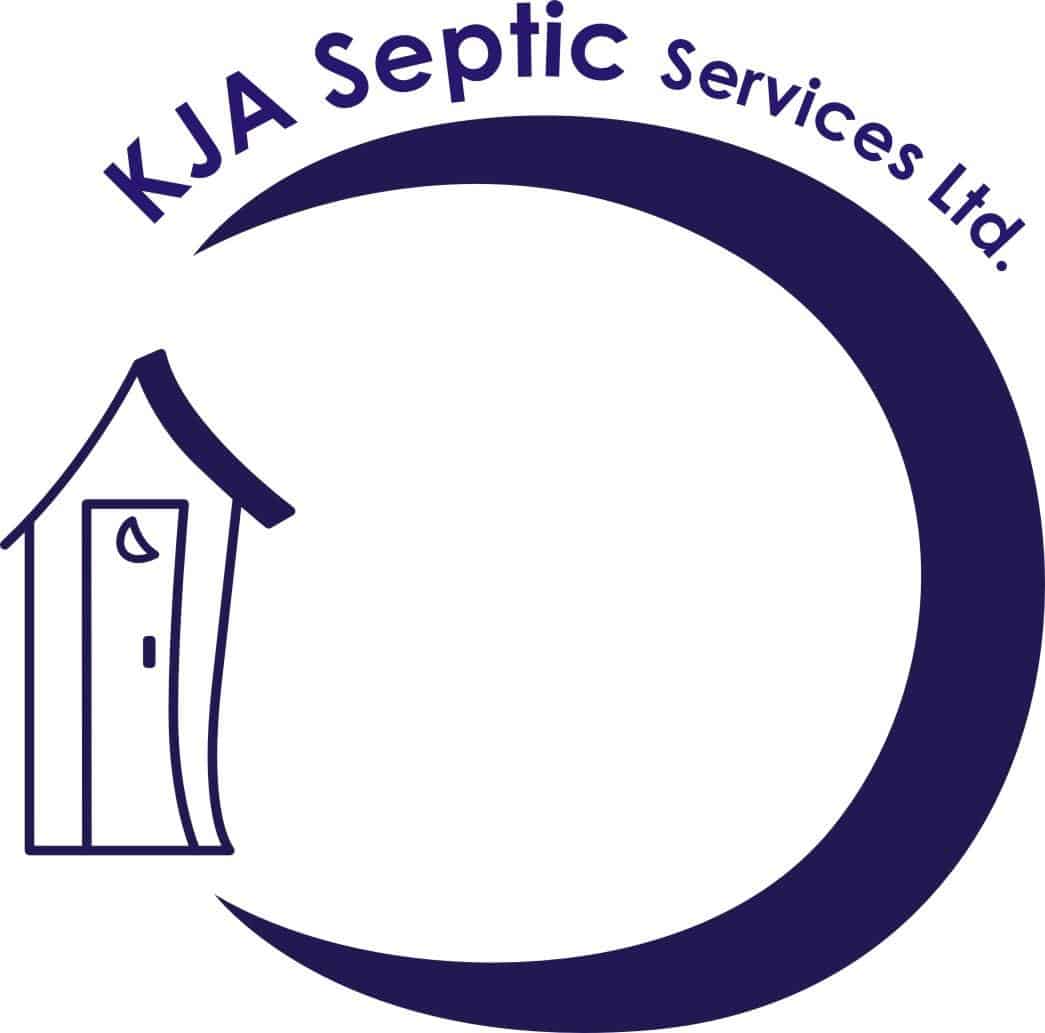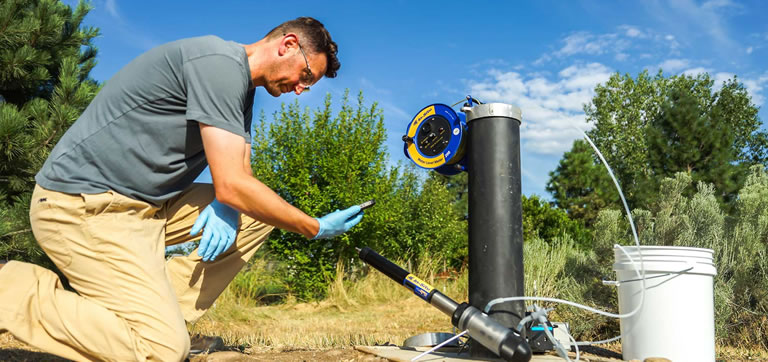Importance of Water Well Sampling
Water well sampling is crucial for ensuring the safety and quality of drinking water. By regularly testing well water, individuals can identify potential contaminants and address any issues promptly. This proactive approach helps prevent waterborne illnesses and ensures that water sources remain safe for consumption. Additionally, water well sampling provides valuable data for monitoring changes in water quality over time, allowing for informed decisions regarding treatment and maintenance. Overall, prioritizing water well sampling is essential for safeguarding public health and promoting access to clean and safe drinking water.
Top 5 Reasons Water Well Sampling is Crucial
-
Ensuring Water Quality:
Regular well sampling is essential to guarantee the quality of the water consumed by households. By analyzing samples, any presence of bacteria, chemicals, or contaminants can be detected and addressed promptly.
-
Protecting Health:
Contaminated water can pose severe health risks to individuals, leading to various illnesses and diseases. Sampling well water allows for the early detection of any potential threats, thus safeguarding the health of those using the water.
-
Compliance with Regulations:
Many regions have established regulations and guidelines for water quality standards. Sampling well water helps in complying with these regulations and ensuring that the water meets the required quality levels set by authorities.
-
Preserving the Environment:
Contaminated well water can also have detrimental effects on the environment, affecting aquatic ecosystems and wildlife. Regular sampling helps in preventing the pollution of water sources and contributes to environmental conservation efforts.
-
Monitoring Changes Over Time:
Well water quality can fluctuate due to various factors such as natural processes, human activities, or seasonal variations. Sampling over time creates a comprehensive data set that enables the monitoring of changes and trends, allowing for timely intervention when needed.
In conclusion, water well sampling plays a vital role in maintaining the safety, quality, and sustainability of water resources, benefiting both individuals and the environment. Regular sampling should be a priority for all well owners to ensure the continued access to clean and safe drinking water.
Importance of Water Well Sampling
Water well sampling is a crucial process that helps ensure the safety and quality of drinking water. By testing the water from wells regularly, individuals and communities can identify potential contaminants and take necessary steps to prevent health risks.
Why is Water Well Sampling Important?
-
Health Protection:
Regular water well sampling helps detect any harmful substances in the water that can pose health risks to individuals consuming it. This is crucial for preventing waterborne diseases and ensuring the well-being of communities.
-
Compliance with Regulations:
Many health and environmental regulations require water well owners to conduct regular sampling to ensure that the water meets safety standards. By complying with these regulations, individuals can avoid penalties and ensure the safety of their water supply.
-
Early Detection of Contaminants:
Water well sampling allows for the early detection of contaminants such as bacteria, chemicals, and minerals that may be present in the water. Early detection enables prompt action to mitigate the contamination and prevent it from spreading further.
-
Long-Term Maintenance:
Regular sampling helps in monitoring the overall quality of the well water over time. This data can be used to track any changes in water quality, identify trends, and take proactive measures to maintain the well and keep the water safe for consumption.
How to Conduct Water Well Sampling
-
Identify Sampling Points:
Determine the locations from which water samples will be collected. It is important to sample water from various points in the well to get a representative sample of the water quality.
-
Follow Sampling Protocols:
Adhere to established sampling protocols and guidelines to ensure consistency and accuracy in the sampling process. This may include using clean containers, proper sampling techniques, and following specific procedures for different types of contaminants.
-
Use Accredited Laboratories:
Send the water samples to accredited laboratories for testing. These laboratories have the expertise and equipment to analyze the samples accurately and provide reliable results.
-
Interpret Results:
Once the test results are available, interpret them in consultation with experts if needed. Compare the results against regulatory standards and guidelines to determine if any corrective actions are required.
-
Take Necessary Actions:
If contaminants are detected in the water, take prompt actions to address the issue. This may include disinfection, filtration, or other treatment methods to remove or mitigate the contaminants and ensure the safety of the water supply.
By understanding the importance of water well sampling and following proper sampling procedures, individuals can safeguard their health and the quality of their water supply for themselves and their communities. Regular monitoring and maintenance of water wells are essential for ensuring access to clean and safe drinking water.



